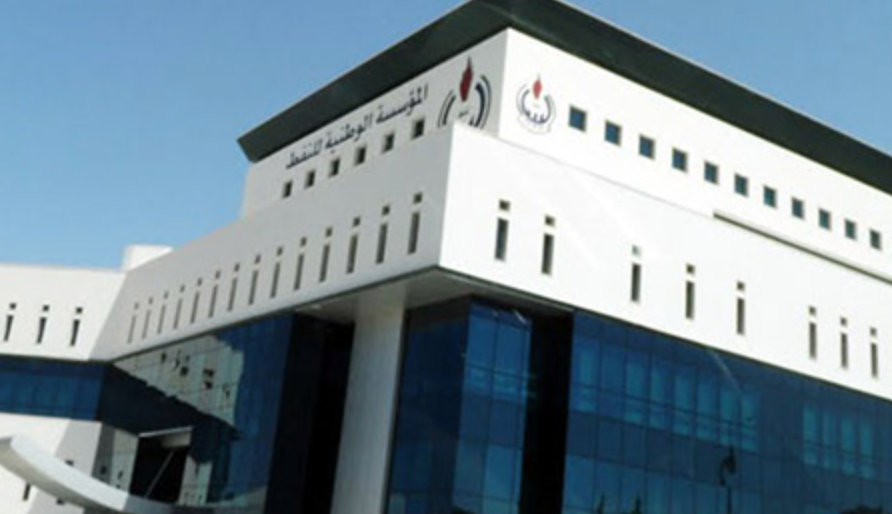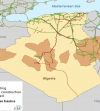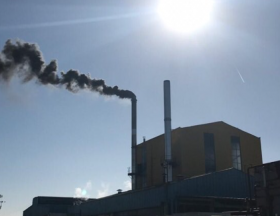The closure of four oil fields and maintenance actions on the pipelines have led to a significant drop in oil production with the problem of the sector's ability to invest and modernize its infrastructure in the short term, due to the lack of a state budget.
On December 20, 2021, the National Oil Corporation (NOC) announced a state of force majeure in four oil fields (Sharara, El Feel, Wafa and Hamada, representing a production of approximately 400,000 bpd) due to their closure by members of the Petroleum Facilities Guard (PFG), a paramilitary force to protect the country’s energy facilities.
The closure of these sites led to a sharp drop in crude oil production, a drop further accentuated by maintenance operations on Waha Oil Company pipelines. Thus, on January 6, 2022, oil production had fallen to around 729,000 b/d, compared to more than 1.3 M b/d last year, according to the NOC. Moreover, production is not immune to further interruptions since the tensions between the PFG and the government have not been resolved.
Recall that Libya remains exempt from the oil production reduction quotas imposed by OPEC. The organization had taken this decision to stimulate the national supply and revive the Libyan economy.
A gradual reopening of production fields, challenged by vagaries of the weather which are delaying crude oil exports
After halting production operations for 20 days, the Sharara field, located in southwestern Libya, saw its activities resume following the immediate reopening order from Prime Minister Abdul Hamid Dbeibah. This partial resumption of activities was thwarted by bad weather, which forced the closure of four oil export terminals in the east of the country (Es Sidra, Ras Lanuf, Zueitina and Hariga) resulting in a drop in exports.
Pessimistic growth prospects
If the months of November and December 2021 broke all records in terms of exports, linked to the surge in prices in the world, with cumulative receipts of 4.32 billion USD (21.6 billion USD for the year 2021 according to the NOC), oil exports for the month of January are far from competing with these amounts with production of 946,000 b/d in January against 1.1 M b/d in December and 1.2 M b/d in November 2021.
Moreover, the president of the NOC, Mustafa Sanallah, remains pessimistic about the sector’s ability to invest and modernize its infrastructure in the short term, due to the absence of a state budget. Libyan oil production could easily reach 1.5 M b/d, but the company currently only has 11% of the funds needed to maintain and operate the infrastructure.
The oil sector, which is also one of the sole financiers of the public treasury, is also faced with the uncertainty of the political situation linked to the postponement of the presidential elections.
Source Embassy of France in Libya











Réagissez à cet article